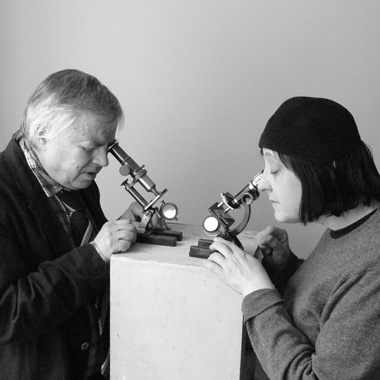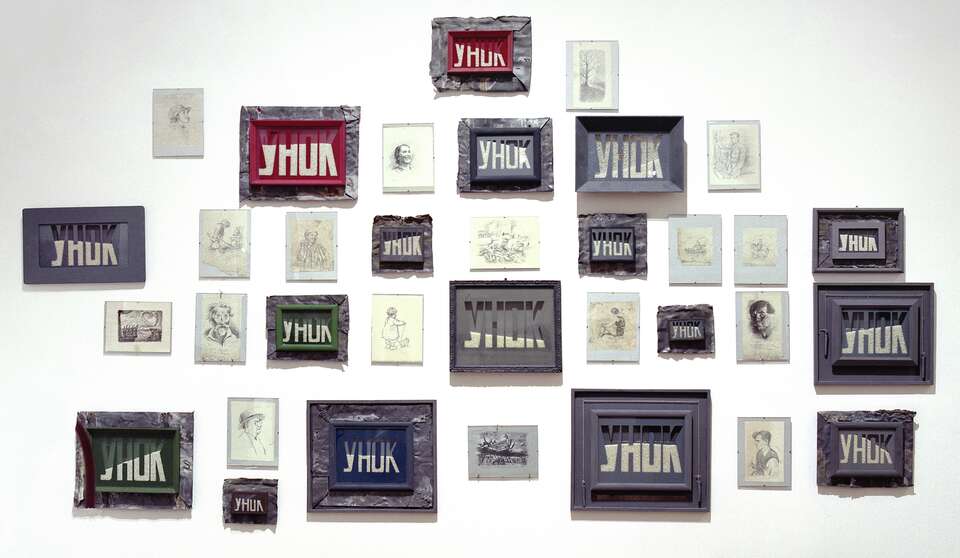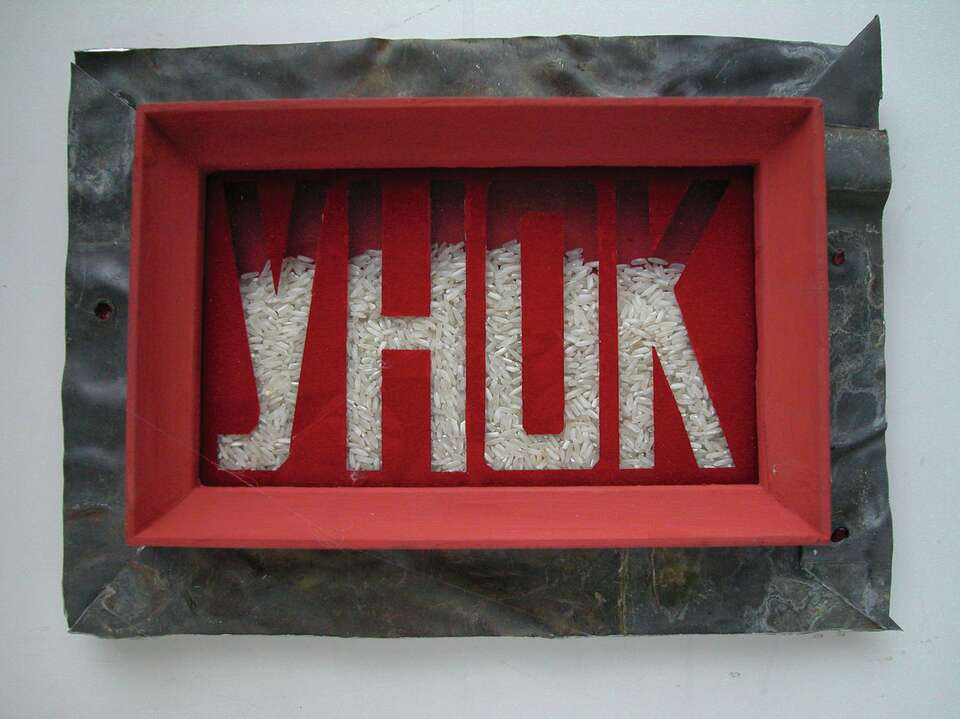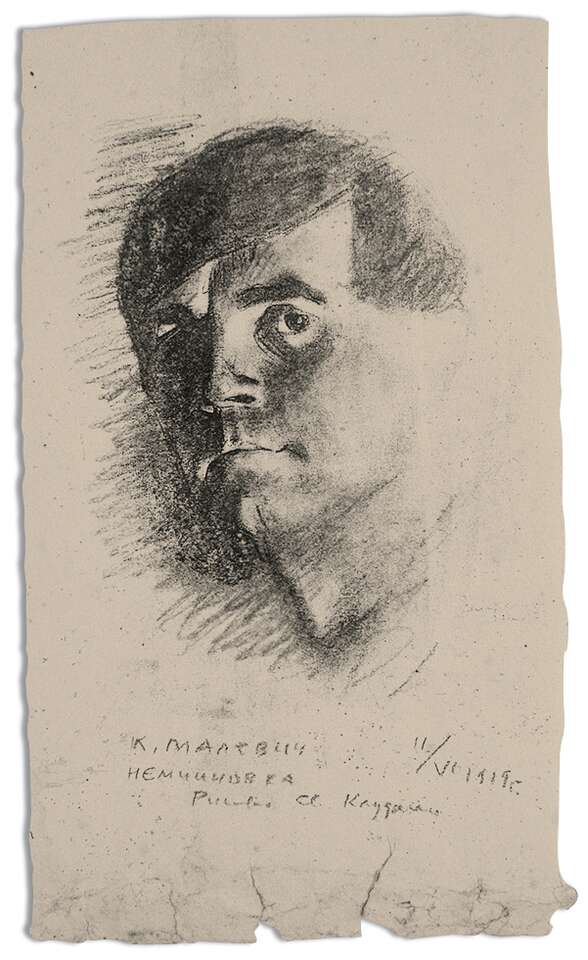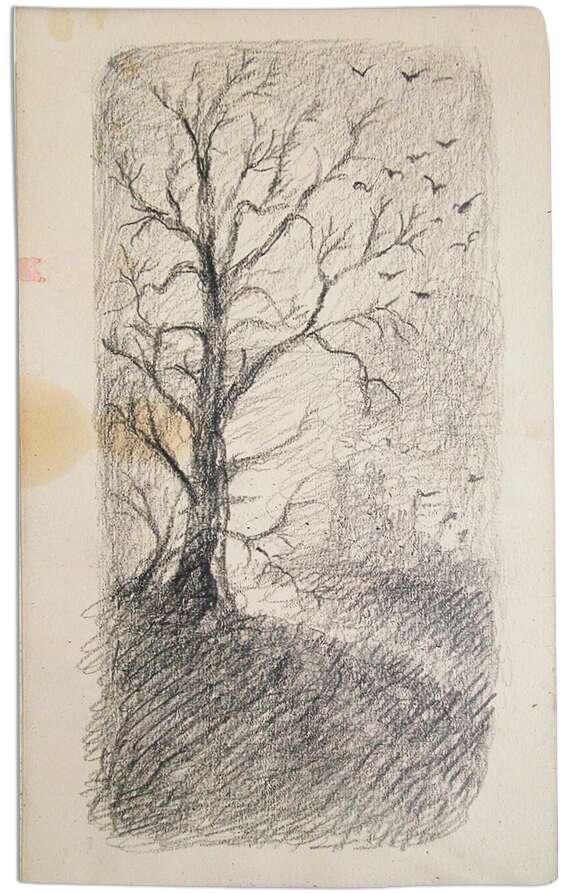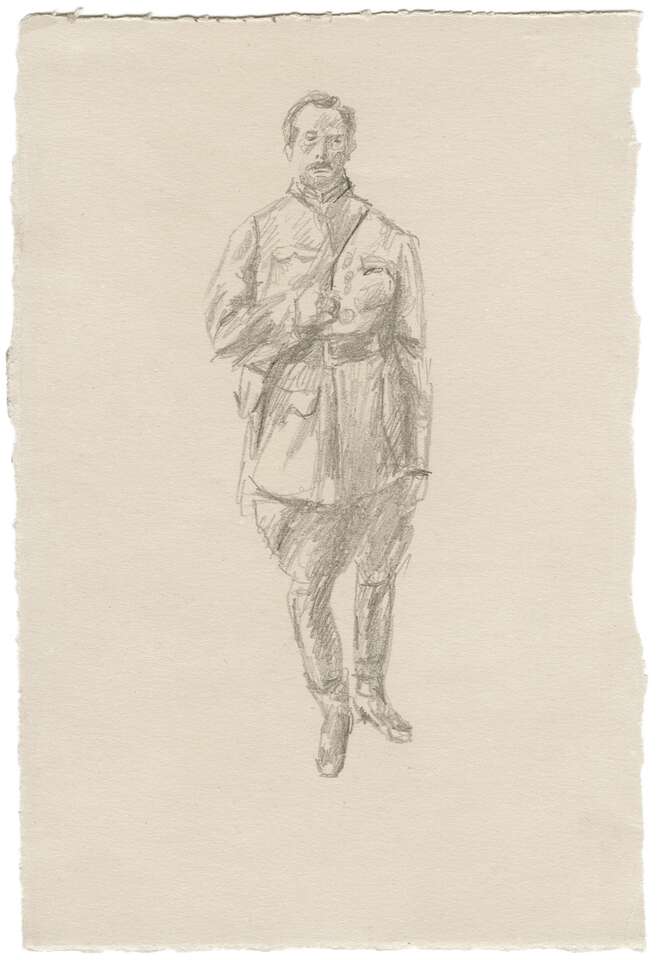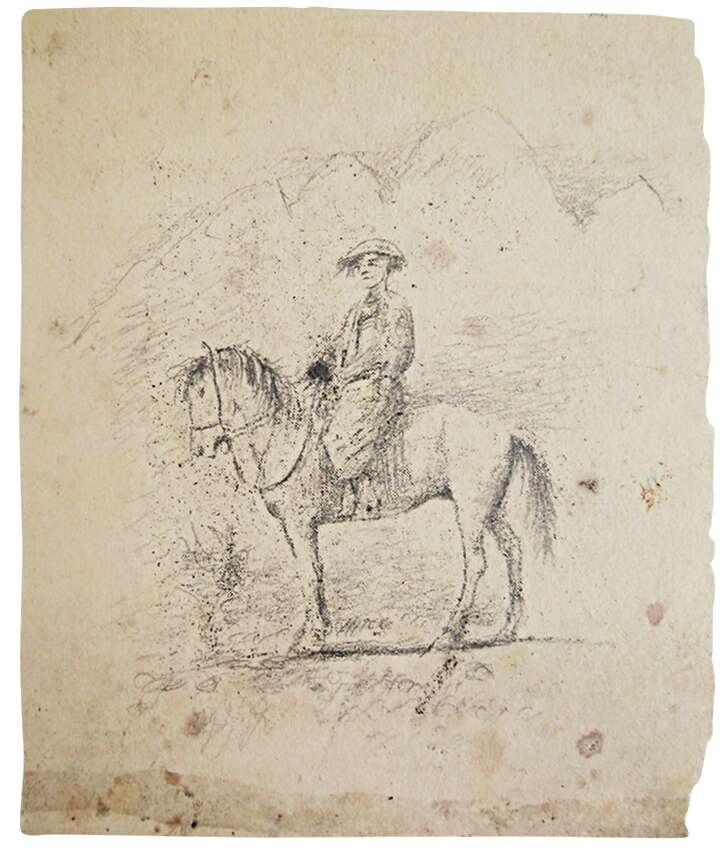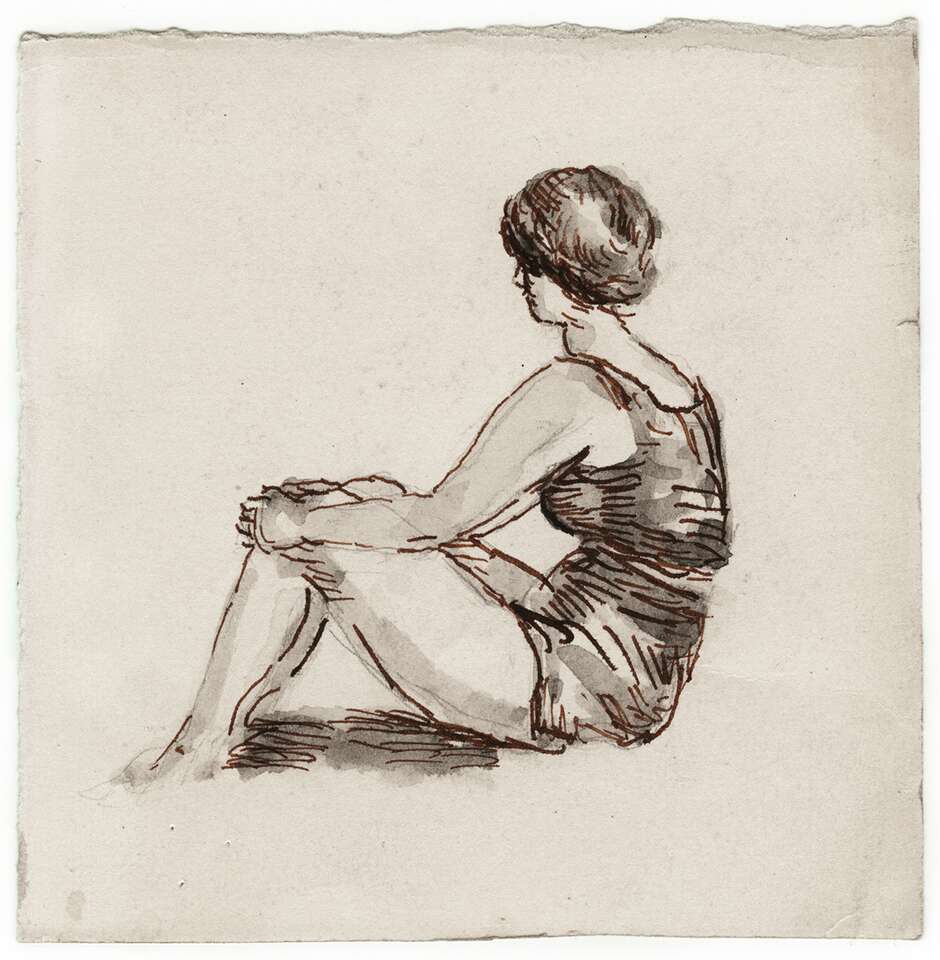Drawings of Old Soviet Masters
- Igor Makarevich
- 2000
- From project Closed Fish Exhibition
- Wood, Glass, Carton, Lead, Rice, Paper, Pencil
- Private collection
UNOKS, Emancipated Objects of the World
The endeless movement of creative being has liberated will and reason from their meaning to create a new meaning of creative pictorial self-causes.
Konstantin Malevich, UNOVIS
Since the early 1990s, a glimmering of interest in the “otherworldly” side of traditional art can be observed in the work of the artist responsible for this current exhibition. “Otherworldly” here means reaching beyond the classically conceived, two-dimensional plane of art, whether it be canvas, paper or any other organic surface. The installations The Sleep of Painting Produces Monsters (1990) and Within the Limits of the Beautiful (1992) overcome the boundary between the viewer and the metaphysical space recognized as existing beyond the painter’s canvas or the artist’s “concoctions.”
The project Drawings of Old Soviet Masters employs the analytical methods of Kazimir Malevich. However, in this case the artist examines samples of post-suprematist art, works by those Soviet artists who were never included in the main, official pantheon of socialist realism. Their primary meaning is released
by means of a simple technique. The Russian word for drawing is risunok, which consists of two parts: RIS (which also means “rice,” the grain that is incorporated in the object) and UNOK (a letter combination that resembles Malevich’s favorite abbreviation, UNOVIS [the acronym for the association “Affirmers of the New Art”]. In the 1930s, Soviet artists, apparently for lack of other materials, used “lead pencils”(i.e., sharpened pieces of the soft metal) to draw. This technique is also “encrypted” in the objects by using actual pieces of lead.
The viewer can compare actual drawings by Soviet artists, which are included in the exhibition, with their metaphysical equivalents emancipated from the burden of will and reason and endowed with the new meaning of creative “self causes.”
From the diaries of L.A. Yudin, student of K.S. Malevich:
Sept. 30, 1922. Petrograd
I have just understood the principle of cubist construction. A truly economical principle, not an esthetic one. Nothing superfluous. Clarity. Precision. These are the enormous virtues of K.S.’s konst[ruktivny] ris [unok] [const[ructive] draw[ing]]. It’s easier to build after suprematism. And you feel much more clearly what is truly valuable. Now I understand where his ris comes from (I understood a little before, but today it’s particularly clear).
Malevich o sebe. Sovremenniki o Maleviche. Pisma. Dokumenty. Vospominaniia, vol. 2
Moscow: RA Publishers, 2004), p. 232.
Igor Makarevich


